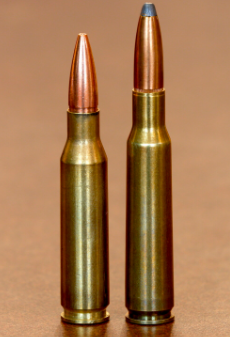
Welcome to our detailed guide on refinishing gun stocks for a stunning and enduring finish. This article is your go-to resource, whether you’re a seasoned gun enthusiast or a beginner in firearm maintenance. We delve into the nuances of restoring the aesthetic appeal and durability of your gun stock, a critical component as it’s the part you grip when aiming and firing. We’ll walk you through the entire process of finishing a rifle buttstock, discussing the necessary materials and providing a comprehensive, step-by-step approach to refinishing your gun stocks like a professional.
The process of refinishing isn’t just about aesthetics; it’s about preserving the strength and integrity of the stock. We cover everything from the initial steps of removing the old finish – be it through chemical stripping or sanding – to choosing the right type of finish for your specific needs. The guide ensures you’re well-equipped with all the materials you need, such as various grits of sandpaper, wood preservatives, degreasers, wood stains, finishes like Tru Oil, wax, gauze, tools, and essential protective gear like gloves and eye protection.
Safety is paramount in our guide. We emphasize the importance of ensuring the firearm is unloaded before commencing the refinishing, removing the action from the stock to prevent damage during the process, and adhering to all manufacturer’s safety instructions. We also discuss working in a well-ventilated area to avoid harmful fumes from sanding and stripping, along with other precautions to ensure a safe refinishing experience.
By the end of this article, you will have gained all the knowledge needed to give your gun stock a new lease on life, with a beautiful and durable finish that stands the test of time. Whether you’re restoring a shotgun buttstock or a rifle stock, our guide caters to a range of firearms, ensuring your efforts result in a finish that’s both visually pleasing and long-lasting.









